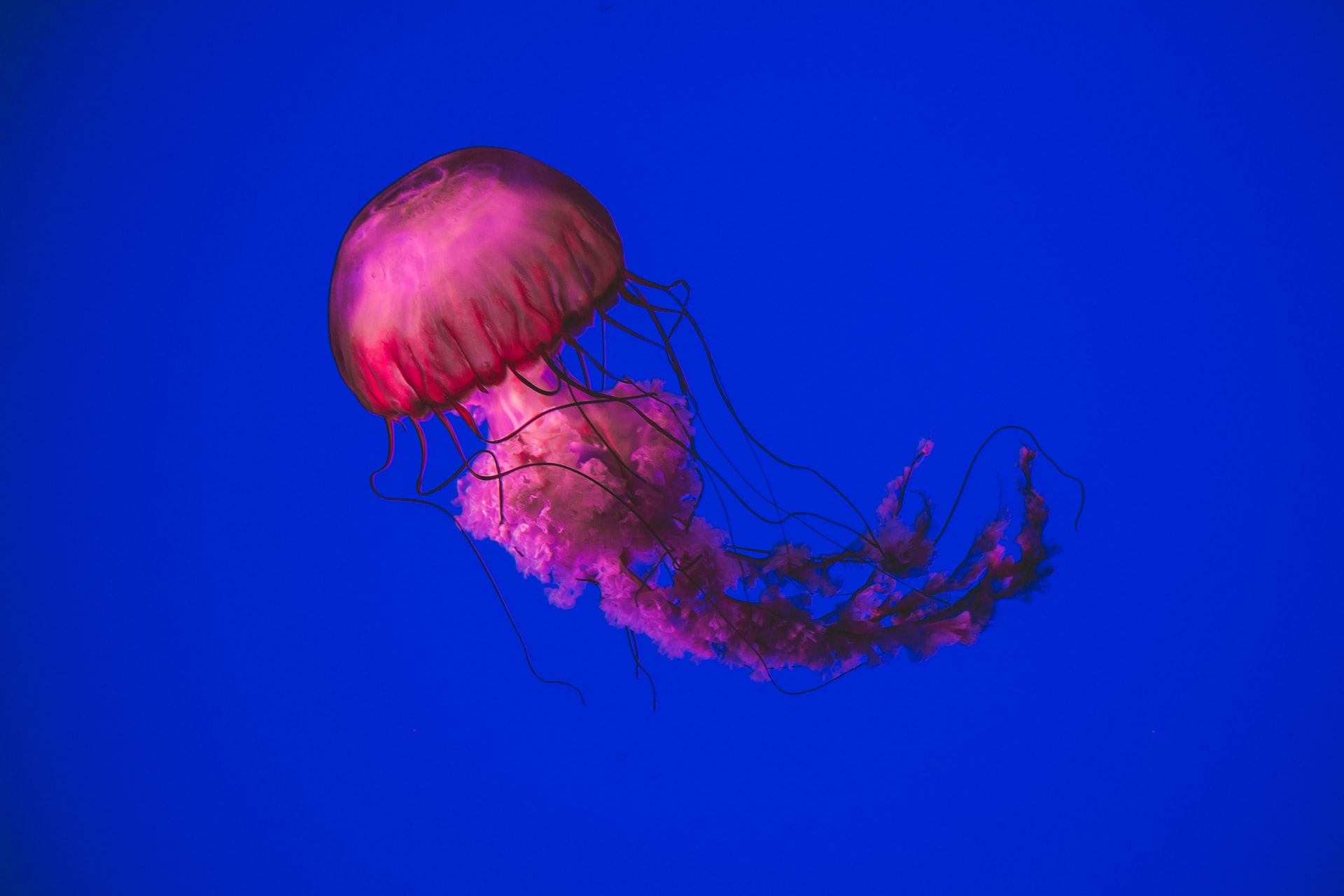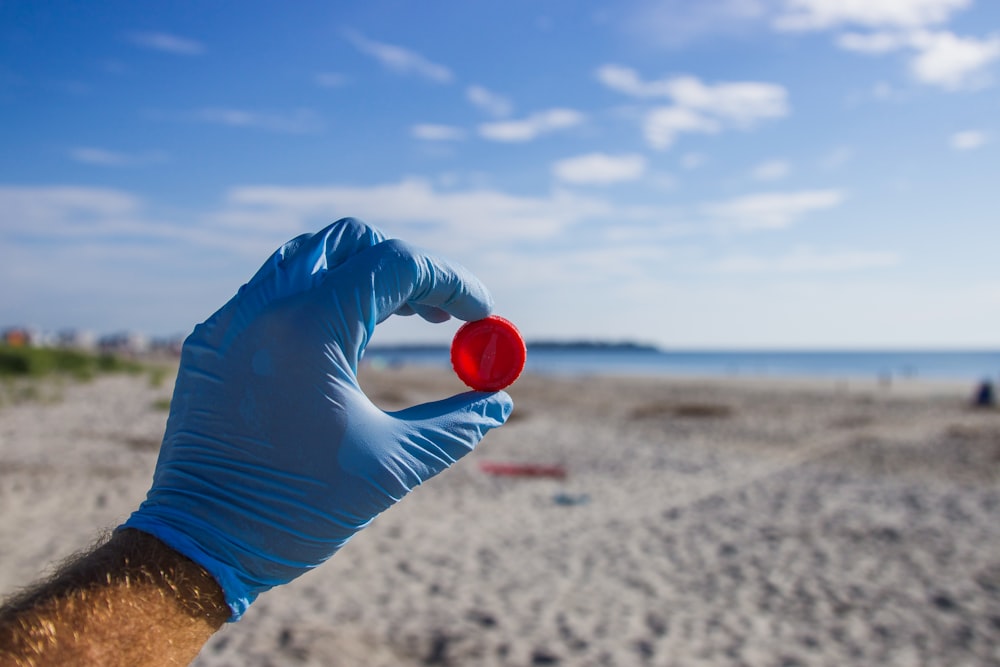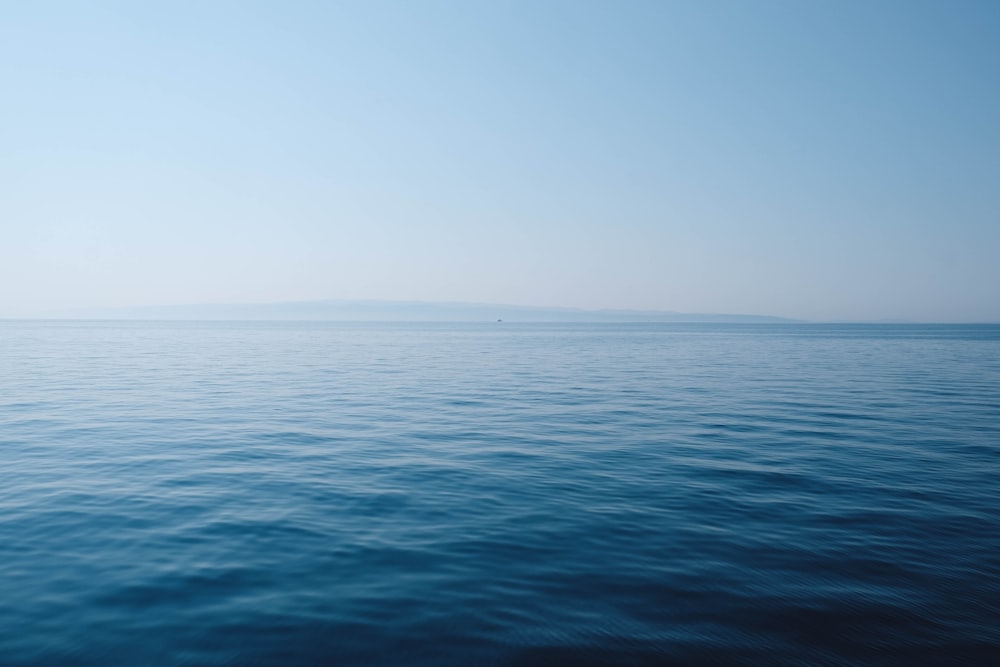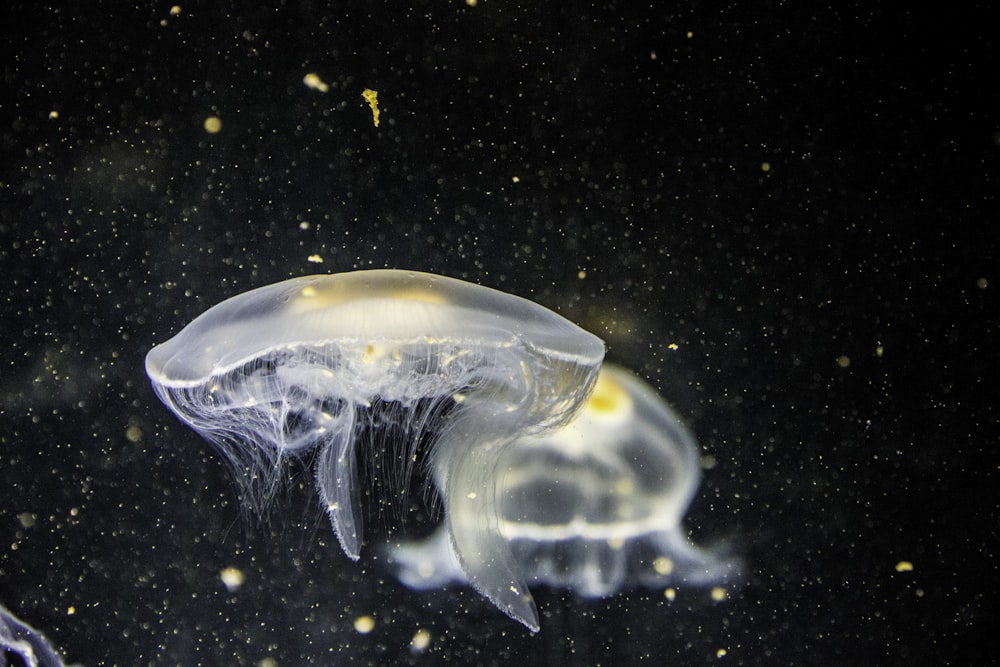How Jellyfish Can Help Us In the Fight Against Plastic Pollution

Jellyfish, the scary, stinging, umbrella-like blobs that keep floating all over the ocean, have always terrified me. After seeing so many movies and tv shows about how bad their stings can be, I’ve decided to keep my distance from them as much as I can.
However, as problematic as they are, these jellyfish are a great way to solve one of the world’s biggest problems: microplastic pollution. GoJelly, a jellyfish-based project implemented in 2015, is the mastermind behind this. Funded by the European Union’s Horizon 2020 Innovation and Research Programme, this project aims to be a gelatinous solution to microplastic pollution in the world’s oceans.
How can jellyfish be used against microplastics?
Do you remember playing with slime as a child? The slippery, goopy, heavily-pigmented mess that kept falling all over your hands. Well, think about that being made from jellyfish mucus. That’s right, the jellyfish equivalent of the nasty green stuff in your nose is used to filter microplastics from the ocean!

Jellyfish mucus has an absorbing property that can catch microplastics that are present in water. These plastics are not visible to the eye and aren’t caught by seawater treatment plants due to their small size, so they enter our system and harm our health.
The jellyfish mucus can, instead, trap all these microplastics and make them stick to its surface, creating a giant blob of mucus and microplastics that’s easier to extract and remove, rather than trying to filter all these microplastics from the water. Here’s a video demonstration of how it works in the laboratory (skip to 1:18).
But why jellyfish specifically?
From a scientific context, the jellyfish mucus’ intrinsic properties, like its ability to ensure the microplastics adhere to its surface and stay stuck in a clump while also being insoluble enough to be extracted from the water, is what makes it a great material for filtering microplastic particles.

However, from an ecological perspective, jellyfish tend to be a huge problem in oceans all across the world. The growing number of this species, called jellyfish blooms, causes disruptions in fisheries, blockages in inlet and outlet pipes for multiple factories, and even the shut-downs of beaches. With the GoJelly project, the number of jellyfish would drastically decrease, reducing the number of problems caused by them as well. It’s essentially solving one problem with another. In fact, it can help fishermen as well as rather than investing in removing all the jellyfish they catch, they can just sell them to GoJelly and make a profit instead.
Are there any problems with using jellyfish mucus?
Given the relatively new nature of this idea, there’s still a couple of issues that need to be worked out. Firstly, there aren’t any standards as such about the microplastic composition in the ocean, so figuring out the numbers for that in the first place, and then seeing how much mucus is needed for it would be quite a process and may not be possible either due to how microscopic the particles are and the vast volume of the ocean. The other issue is scaling the process up, how do you collect those many jellyfish and extract that much mucus? How much jellyfish mucus do you need?

What can you do?
Although the project is still in a bit of a grey area right now in terms of commercialization, the idea is still a great way to help fight microplastic pollution! Currently, GoJelly is looking for “citizen scientists,” which is the term they use for people living in northern europe, preferably in the Baltic region, that can track and send images of jellyfish blooming. If you live there, or know someone who does, spread the word!
You can also spread awareness about the project in general by reposting their work and conversing with people about it. This would help them attract potential investors or find outlets through which they can find investors and incentivize their project.
If you’d like to learn more about the project, this is their blog which they keep updating as advancements are made in their project. They also publish the results of all the experiments they’ve done till now, here is the link to that.
As much as I despise jellyfish, it’s really interesting to see how they can help reduce the contamination by microplastics in our life by their equivalent of just sneezing! In a couple of years from now, all our water treatment plants could have jellyfish mucus filters instead!


A big thank you for your article.Really looking forward to read more. Keep writing.